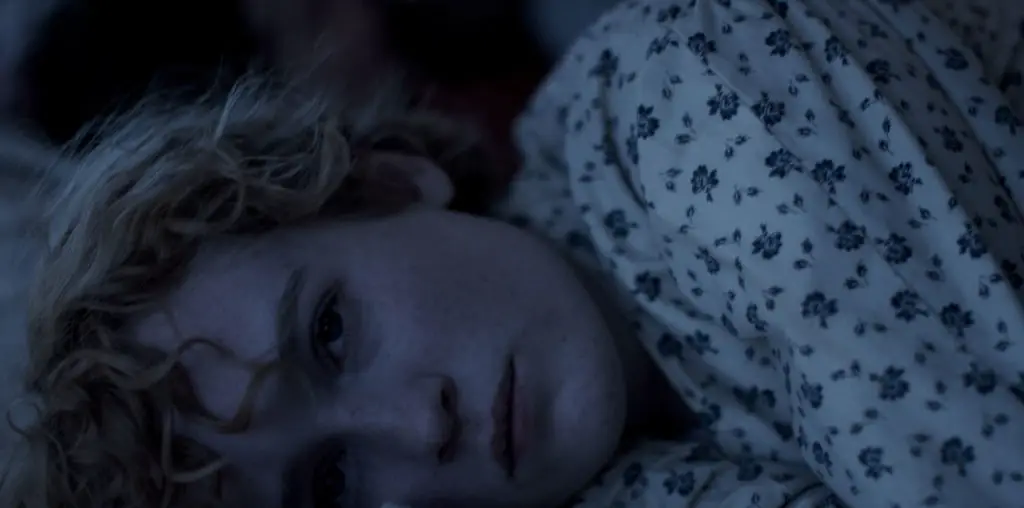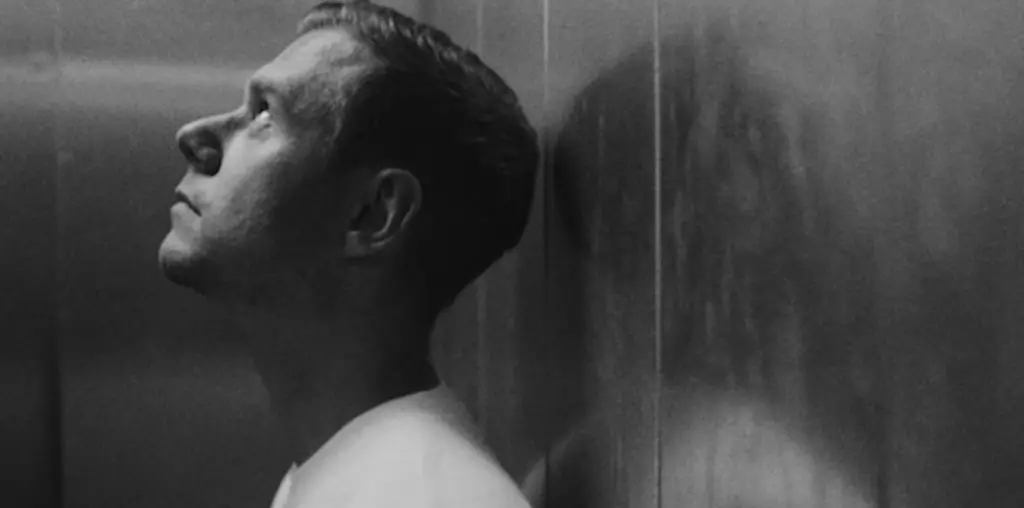
The year 1976 was an uncommonly weird one for 20th Century Fox. Not only had the studio unleashed the oddities All This and World War II and Hugo the Hippo (both previously featured in this column), but it also had the poor wisdom of allowing “The Blue Bird” to take flight into theaters.
What is “The Blue Bird”? This was the first and only American-Soviet co-production, created in the spirit of fostering better relations between the rival nuclear superpowers but doomed by the forces of stupidity and incompetence. If the Americans and the Soviets couldn’t work together on a movie, did anyone genuinely believe they could work together for the cause of world peace?
The genesis of this unlikely endeavor was President Nixon’s 1972 visit to Moscow and the new policy of detente between the US and USSR. Emboldened by Nixon’s attempts to foster better relationships, the powers of 20th Century Fox engaged the chieftains of the Soviet film industry to join forces in a collaborative effort. Unfortunately, it took three years of painfully protracted negotiations before the two sides could even agree on the subject of their joint venture, and that was just a sampling of things to come.
Since the subject matter had to be totally non-political, it was eventually determined to make a film based on Maurice Maeterlinck’s classic children’s theater piece “The Blue Bird.” The choice seemed like a wise one, since “The Blue Bird” was well-loved by Russian audiences while 20th Century Fox already owned the rights to the property, having previously made a version in 1940 starring Shirley Temple. Ironically, the 1940 film was barely remembered as a box office disaster (the first for Shirley Temple).
The new production, however, would be shot in the Soviet Union with a mix of American and Russian stars. George Cukor, of all people, was brought in to direct the film and none other than Elizabeth Taylor was cast as the star. Audiences saw a lot of Taylor in that film, as she opted to play four roles including a Russian peasant mother (complete with Cleopatra eye make-up). But perhaps they also saw too much of her: ol’ Liz was well into the losing period of her battle with the bulge and the overtaxed costume designers were hard pressed to shoehorn the zaftig diva into outfits that would not betray her excess poundage. Cukor grandly helped the tubby Taylor by posing the film’s two young child stars in front of her as often as possible, as if to hide the scale-tipping superstar from full audience scrutiny.
“The Blue Bird” involves the adventures of two peasant children who fall asleep in a forest and somehow share a simultaneous dream about their search for the Blue Bird of Happiness (yes, that’s where the _expression came from). In this dreamland, a variety of animals, objects and concepts receive anthropomorphic life. This means we are treated to the sight of people dressed up as a dog, a cat, a loaf of bread, a flame, a bowl of sugar, and as light and night. Elizabeth Taylor was the Queen of Light (complete with tiara and tacky magic wand) while Jane Fonda (wearing a black leather outfit strangely similar to the Darth Vader costume) was Night.
Also rounding out the cast was Ava Gardner as Luxury, Robert Morley as Father Time (he even got to carry a huge hourglass) and Cicely Tyson as the cat. James Coco was originally cast as the dog, but he developed gall bladder problems during the production and was forced to leave the movie midway through production; his scenes were reshot with George Cole in the canine costume.
Basically, “The Blue Bird” is a gooey and stupid movie – sort of like a third-rate ripoff of “The Wizard of Oz.” Whatever charm the original play may possess on stage, it is lost on the screen. And the notion of seeing stars of the magnitude of Elizabeth Taylor, Jane Fonda and Cicely Tyson camping it up in a kiddie movie is more depressing than inspiring.
But then, no one had any fun making the film. Problems surrounding the production have become the stuff of legend, with the Americans complaining endlessly of the Soviet incompetence and the Russians feeling pushed out-of-joint by the foreigners barking orders at them (it didn’t help that the translators assigned to the film were unable to properly relay messages from English into Russian, which only caused more delays). Elizabeth Taylor came down with amoebic dysentry and needed to leave for medical care in London, since the Russian hospitals were woefully inadequate. Cicely Tyson was harassed by director Cukor, who told visiting reporters that she was practicing Haitian voodoo designed to kill him. And the Russian crew on the film was pestered endlessly by Jane Fonda, who kept trying to engage them in a political discourse on the joys of the Marxist society.
“The Blue Bird” landed in American theaters in April 1976 and promptly laid an egg. Critic William Wolf, writing for Cue Magazine, summed the flick up best: “If you have any naughty children you want to punish, take them to see ‘The Blue Bird’ and make them sit all the way through it.” American moviegoers, who were not as interested in fostering better US-USSR relationships, avoided the film and doomed it to box office failure. Even the Kremlin brass, who were not celebrated for their artistic good taste, only allowed a few screenings before banning it. Most Russians never got to see “The Blue Bird” until the mid-1990s, after the fall of the Communist state.
“The Blue Bird” had a few broadcasts on American television in the early 1980s but then promptly vanished. It was never released on US home video, most likely because it was such an embarrassment (there doesn’t seem to be any problems with 20th Century Fox having issues with the rights to the property).
However, “The Blue Bird” has emerged on DVD from a Russian company that sells the film (in its English and Russian language versions) via the Internet. The bootlegs in circulation can be traced to that release.
And you know what that means, don’t you? If you ever want to go looking for the Blue Bird of Happiness, just tap into the Bootleg Files and you’ll find it. And a fat Liz Taylor, too!
____________________________________________________________
IMPORTANT NOTICE: The unauthorized duplication and distribution of copyright-protected material is not widely appreciated by the entertainment industry, and on occasion law enforcement personnel help boost their arrest quotas by collaring cheery cinephiles engaged in such activities. So if you are going to copy and sell bootleg videos, a word to the wise: don’t get caught. The purchase and ownership of bootleg videos, however, is perfectly legal and we think that’s just peachy! This column was brought to you by Phil Hall, a contributing editor at Film Threat and the man who knows where to get the good stuff…on video, that is.
Discuss The Bootleg Files in Back Talk>>>

